
Hi, I’m Steve—
Composer and educator based in Rochester, NY. I write music for wind band, orchestra, chamber groups, choir, and everything in between. Read more about me >>
Looking for something specific? Start here:
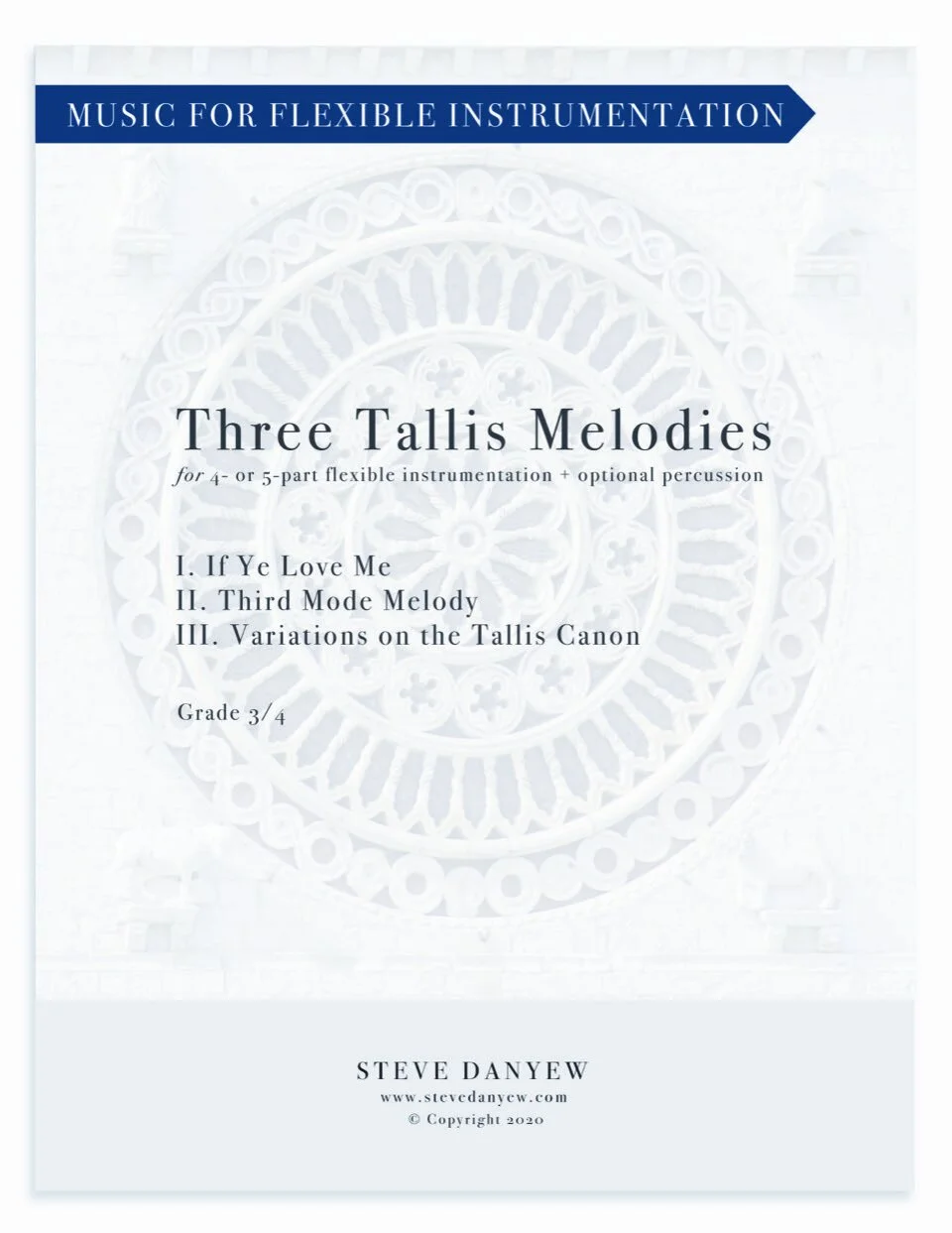
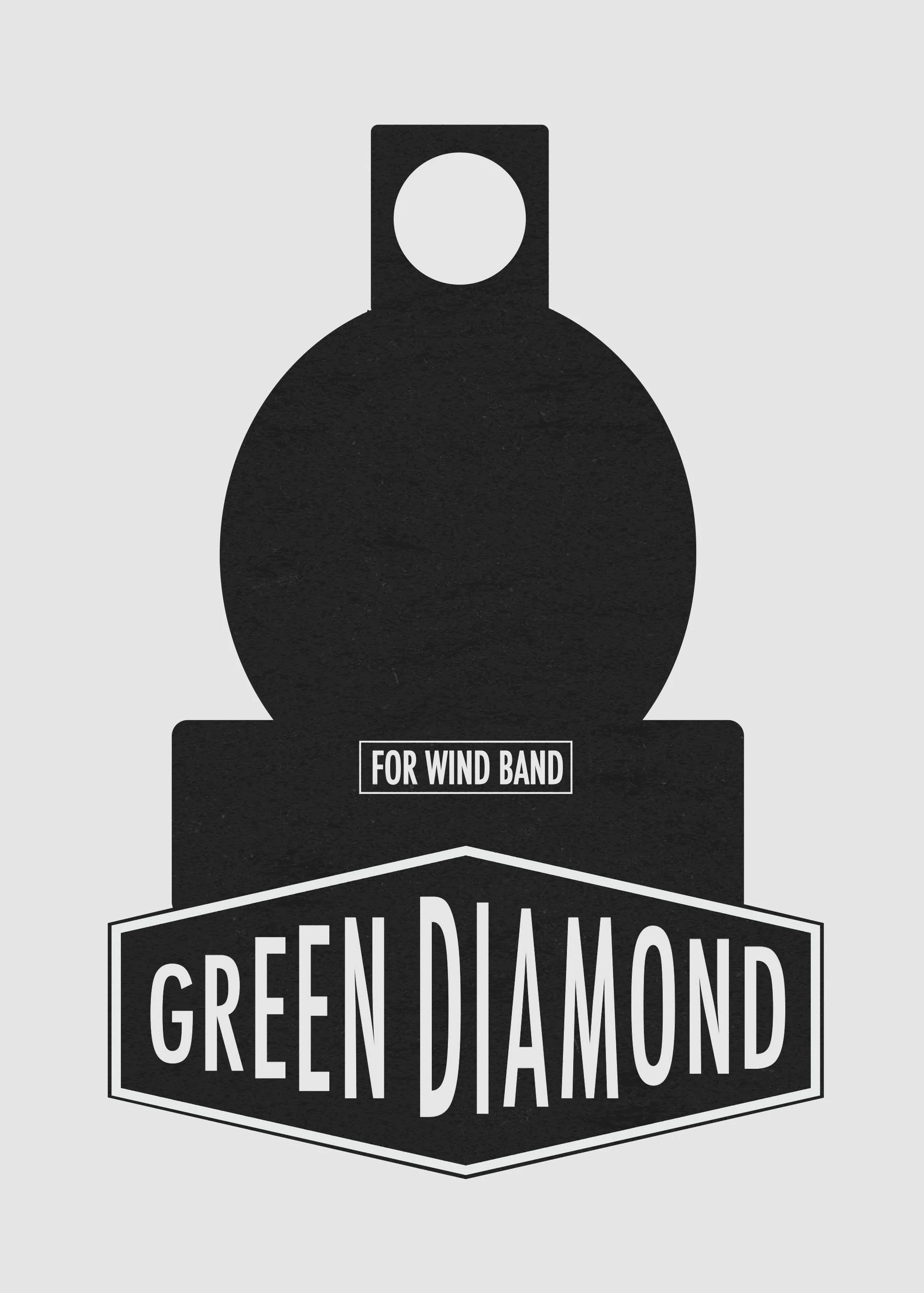
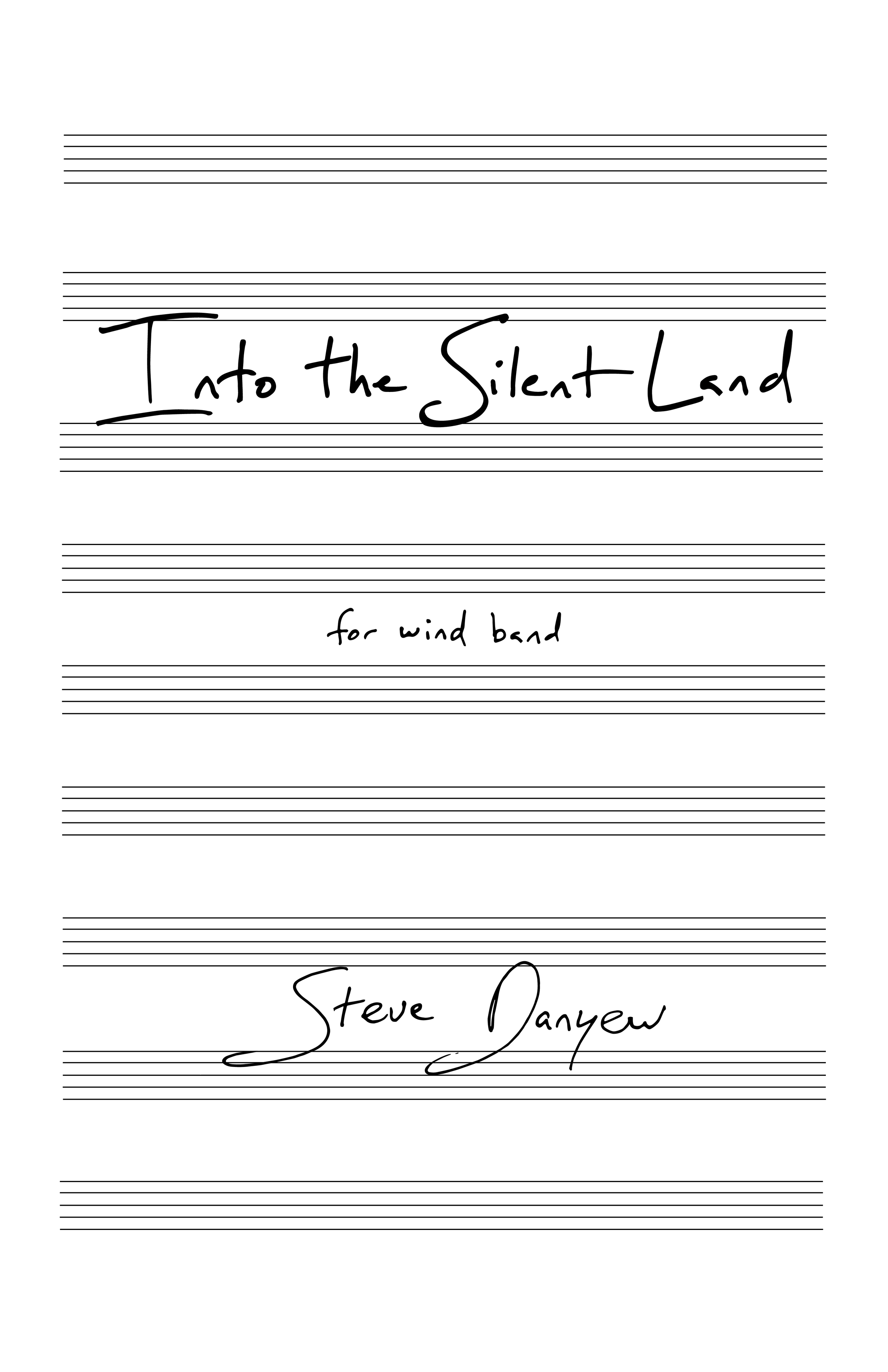
"Into the Silent Land" - Music Reflecting on the Sandy Hook Elementary School Tragedy - Behind-the-Scenes
I grew up in Sandy Hook, CT and attended Sandy Hook Elementary School.
I believe that music is one way we can remember the victims of the tragedy, their families, and victims of similar tragedies. This was the hardest piece I have written, but I hope that the music allows listeners to pause and remember these victims, and come together to prevent this kind of violence in the future.
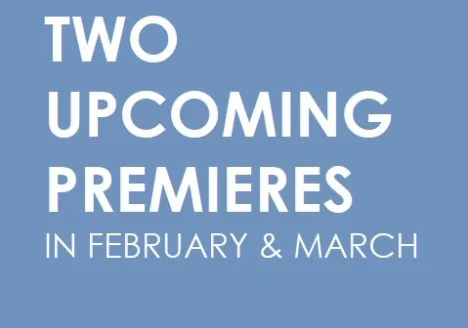
Two Upcoming Premieres
I am very excited about two new pieces that will be premiered in February and March, 2018.
The first is "Ultra," a three-movement, grade 4 work that will be premiered by the Arkansas Intercollegiate Band, conducted by Rob Carochan on February 15th. The piece was commissioned by the Arkansas Chapter of the College Band Directors National Association (CBDNA). You can see a little preview of me playing music from the second movement here.

Sneak Peek of "Ultra" for Wind Band
In this short video, I play a little sample of the second movement, "Tree House," from one of my newest works, "Ultra." The piece was commissioned by the Arkansas Chapter of the College Band Directors National Association, and will be premiered by the Arkansas Intercollegiate Band in February 2018.
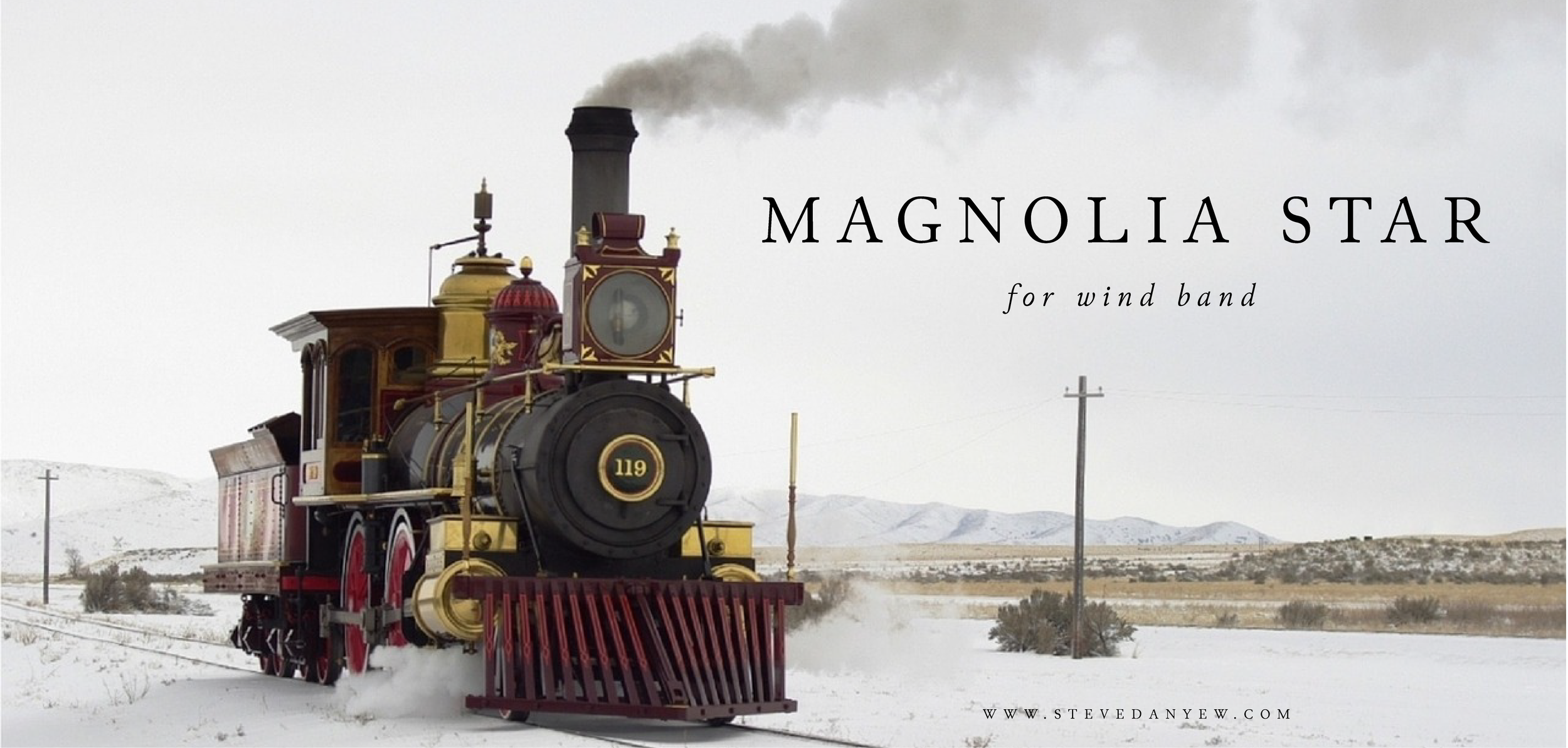
Magnolia Star at Midwest!
I'm thrilled to share that Magnolia Star will be performed by the Alabama Winds at this year's Midwest Clinic in Chicago on December 20th at 12:00pm. The ensemble is directed by Randall Coleman. It's an honor to have my work included at the conference, and I look forward to working with the Alabama Winds and seeing many friends and colleagues there!

